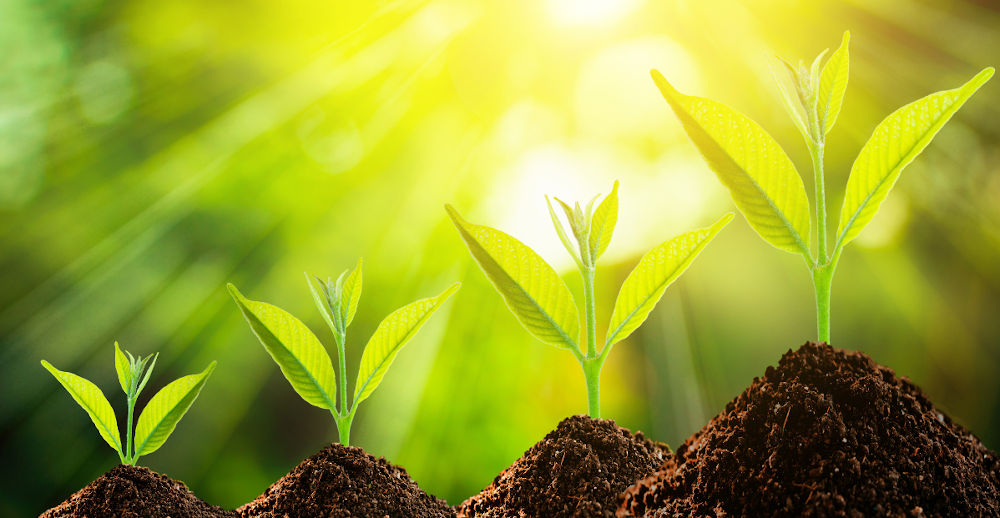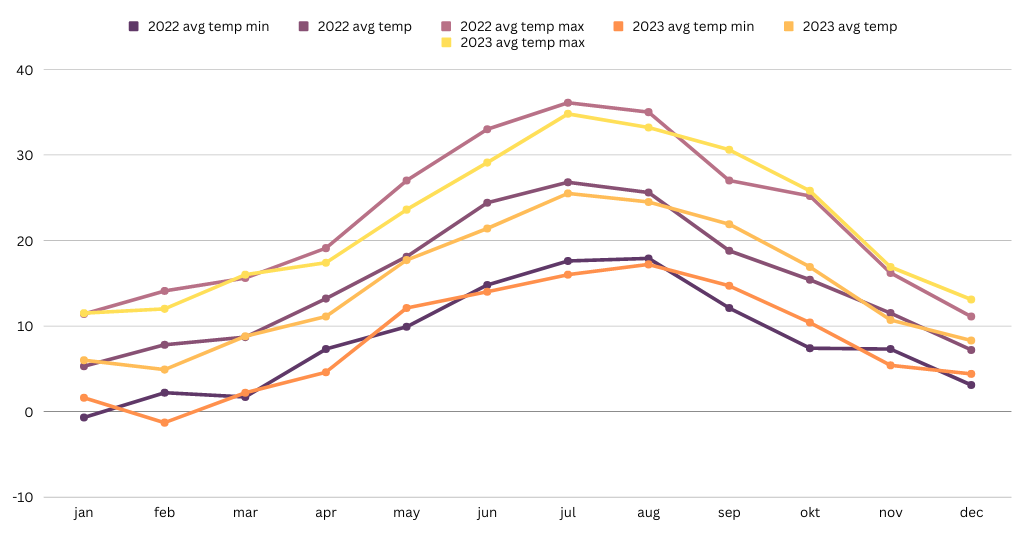Although you might first think of water and light as the main factors for plant growth, they do respond to temperature as well. More specifically, to the heat plants accumulate from the environment. And there is no better way available to describe the amount of heat than measuring the surrounding temperature.
Throughout history humans have established various ways on how to control or manipulate temperature, especially in enclosed or controlled environments. No wonder greenhouses are so ubiquitous, as they enable us to grow different cultures early and late in seasons, when there is less heat than needed for successful plant growth.
The claims listed above may seem pretty obvious, but it took science quite some time to establish the proper correlation between variations in temperature and their effects on the growth of various plants.
Temperature sets the growth speed of plants
Both soil and air temperatures have their role in phenological development and progression of plants. And both of these correspond to seasonal variations within a year. Soil temperature acts as an enabler of any plant activity, whereas the air temperature dictates the tempo of the plant’s growth.
Growing degree days (GDD) is a massively used measure of heat accumulation in agronomy and beyond. Most of the plants we grow have relatively well understood growth patterns linked to specific GDD values. Still, since the plants are living organisms, most of the transitional values are not strict and vary based on the climatic zone.

Growing degree days as an important indicator
By definition, GDD value is obtained as a sum of mean daily air temperatures throughout the growing season, if they are above a plant-specific threshold. This threshold relates to the fact that a plant will only become physiologically active after it receives sufficient heat.
Grains would not be active if mean daily temperatures are below 5 °C (40 °F), while grapevines would not start to show any activity below 10 to 12 degrees Celsius (50-53 °F), depending on the exact growing location. Looking at this from a local climate perspective, this is why some plants grow at a broader range of locations than others.
GDD as a metric has been proven to work well in climates that cause plants to go dormant during winter, and should be applied with a pinch of salt in warmer climates, but remains a widely accepted tool. By becoming aware of local GDD results, a lot can be told on what the plants are experiencing during their growth in a particular location.
You may track the microclimate of each vineyard plot and automatically obtain calculated GDD for every part of a vineyard with the help of the Winessense sensor network and vineyard management software. Winessense is the next generation precision viticulture tool that is quick to set up and monitors your estate in real time. Using GDD with this precision may help you track growth stages of your vines and plan activities ahead, including pruning, harvest and spraying.

